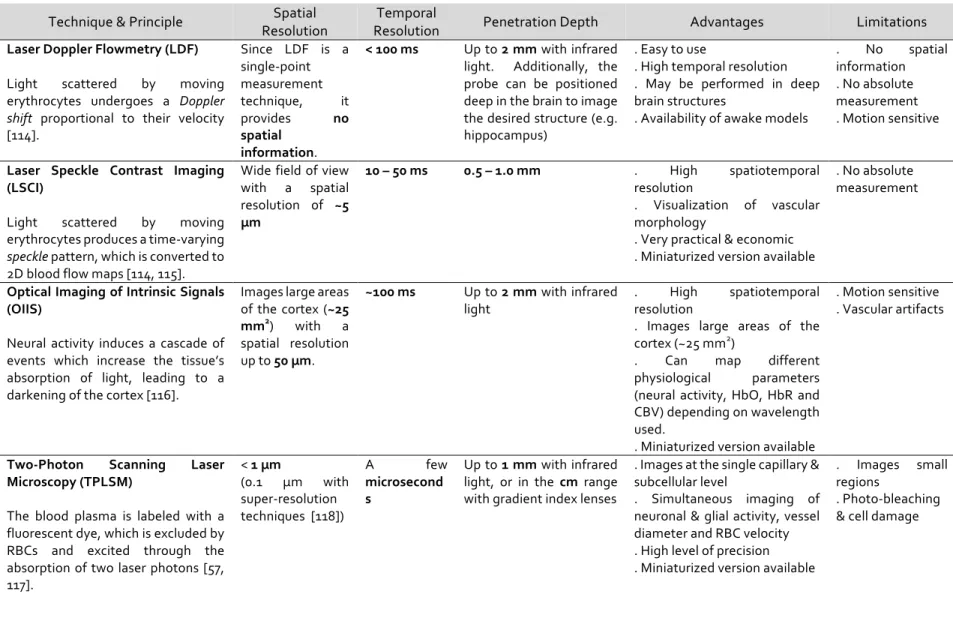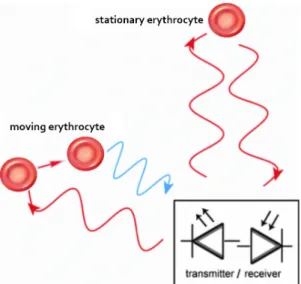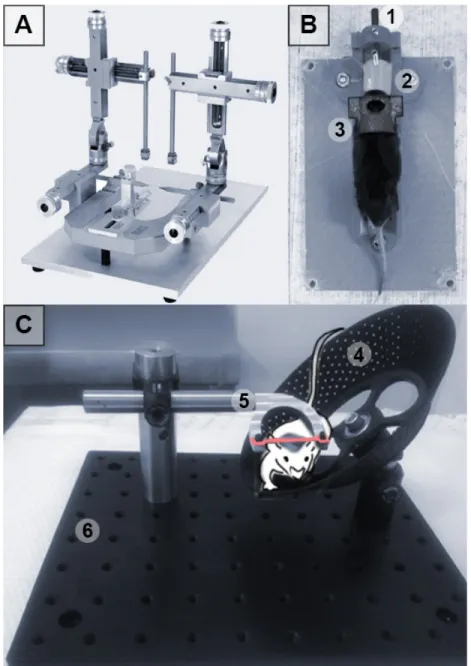Development of an Awake Behaving model for Laser Doppler Flowmetry in Mice
Texte intégral
Figure

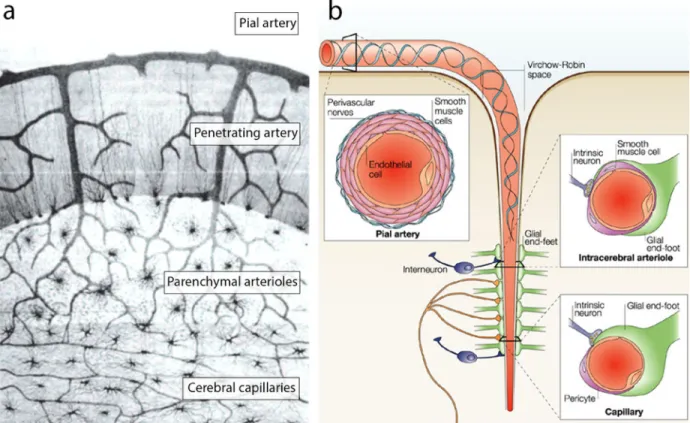
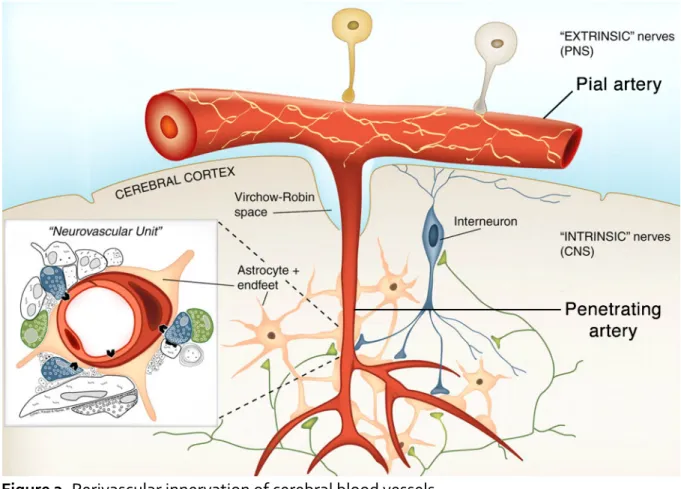

Documents relatifs
• for a SNR ε k value larger than 2.1, the average oscillation frequencies obtained for LSCI data (ROI sizes higher than 1 × 1 pixels 2 ) are close to the ones obtained for
In addition to the polarization decay constant, yol, the decay of this beat contains a Doppler dephasing contribution, Y02, due to the velocity spread of the excited
Perfor- mance of noninvasive laser Doppler flowmetry and laser speckle contrast imaging methods in diagnosis of Buerger disease... Performance of noninvasive
A heterodyne optical mixing configuration on a CCD camera is used to select and enhance a tunable frequency component of the probe light to measure its Doppler linewidth.. Holography
The second major contribution is the development of a novel diffuse optics based three dimensional deep tissue blood flow imaging method, called speckle contrast opti- cal
Wide- field, self-mixing light scattering laser Doppler techniques with a fast CMOS camera [8] provide an alternative to speckle contrast analysis to perform wide-field imaging
By sweeping the optical frequency of heterodyne detection local oscillator (reference arm), we record the spatial distribution of tun- able frequency components of the object field
We present a new instrument, based on a low frame rate (8 Hz) CCD camera used in a heterodyne optical-mixing configuration, that can create wide-field laser Doppler maps.. As

